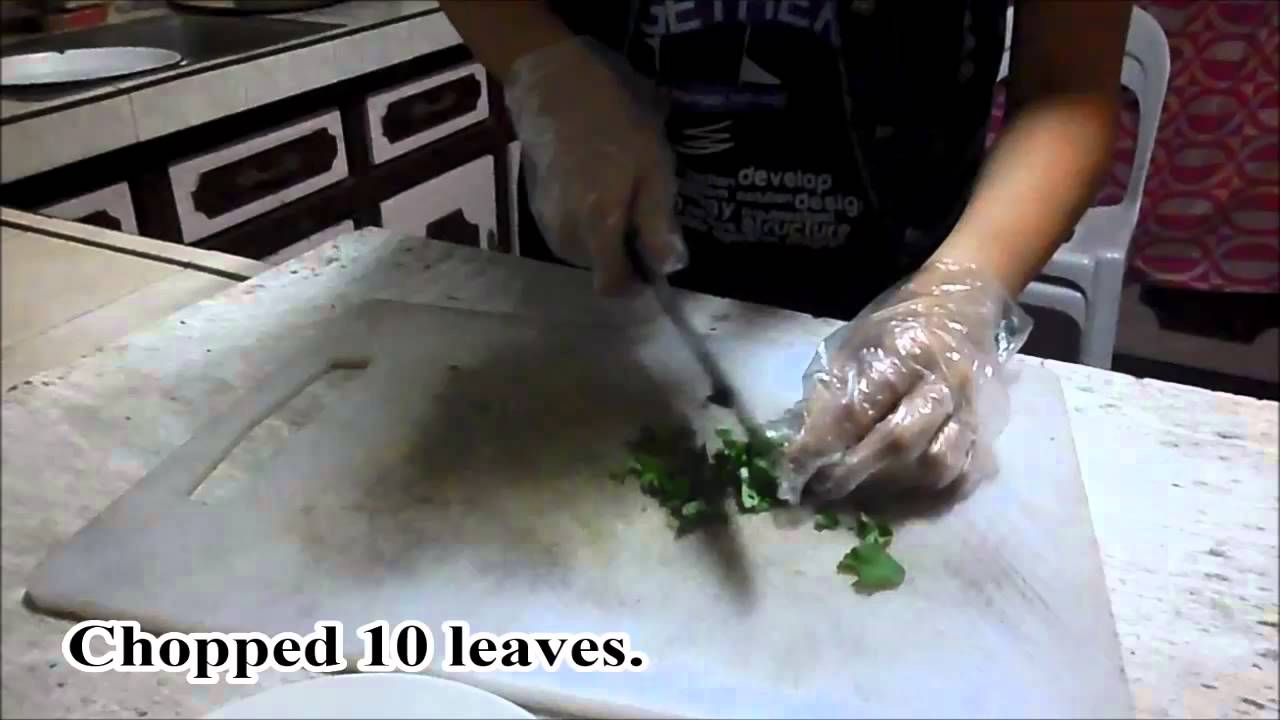Gotu kola— also known as Centella asiatica, Indian pennywort—has been made use of for generations as a medicinal herb, as considerably again as 3000 a long time in the past in Indian Ayurvedic medicine, 2000 a long time in the past in Chinese medicine, in the late 1800s in French pharmacopoeia. Contrary to its name, it contains no cola or caffeine.
Uncovered in gardens, thickets, and open up, moist grasslands, on rice paddy banks and streams all over the Philippines. Pantropic. Takip-kohol is a prostrate, creeping, sparingly hairy or almost sleek perennial herb, with delicate and slender stems rooting at the nodes. Leaves are rounded to reniform, 2 to 5 centimeters broad, horizontal, far more or less cupped, rounded at the suggestion, and kidney-formed or coronary heart-formed at the foundation, palmately veined, margins undulate-crenate, the rounded lobes generally overlapping. Petioles are erect, 3 to 20 centimeters lengthy. Bouquets are dim-purple, axillary, ovate, and about one centimeter lengthy. Peduncles come about in pairs or threes, less than one centimeter lengthy and generally bear 3 sessile bouquets. Fruits are minute, ovoid, white or green, and reticulate, each with nine subsimilar longitudinal ridges. Carpels are 5, cylindric compressed, about 2.5 millimeter lengthy, white or green, reticulate. Ovary is inferior. Stamens are 5, epigynous. Leaves are regarded as tonic, diuretic, emmenagogue, and stimulant. Plant has blood tension-lowering effect. Prosperous in Vitamin B.
Eczema is an acute or long-term, noncontagious, itchy, inflammatory sickness of the pores and skin. It is characterized by irregular and varying mixtures of edematous papular scaling and thickened lesions.

